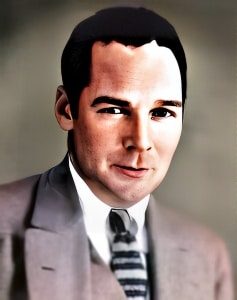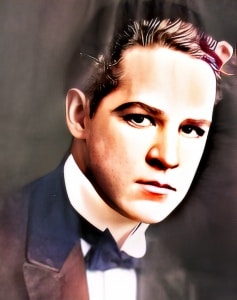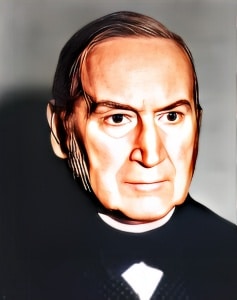 Walter Miller, born William Corwin Miller on March 9, 1892, in Dayton, Ohio, was a prolific American actor whose career spanned the silent era to the early sound era.
Walter Miller, born William Corwin Miller on March 9, 1892, in Dayton, Ohio, was a prolific American actor whose career spanned the silent era to the early sound era.
With nearly 250 films to his credit between 1911 and 1940, Miller left an indelible mark on the cinematic landscape, showcasing his versatility and adaptability as an actor.
Miller’s journey into the world of entertainment began with a keen interest in the theater. Eager to make his mark, the 19-year-old Miller found his way to the burgeoning motion picture industry in 1911, joining the Biograph Company. This early association placed him under the guidance of pioneering filmmaker D. W. Griffith, marking the commencement of a career that would see him work alongside some of the leading figures of the silent screen.
One of Miller’s early notable roles came in 1912 when he played The Musician in “ The Musketeers of Pig Alley.” This marked the beginning of his collaboration with Griffith, setting the stage for a career characterized by expressive character portrayals and a strong on-screen presence.
Throughout the silent era, Miller established himself as a versatile actor capable of taking on a range of roles, from action-packed features to character-driven dramas. His muscular frame and rock-jawed features made him a distinctive presence on the screen, and he shared it with renowned actresses of the time, including Mary Pickford, Blanche Sweet, Lillian Gish, and Betty Compson.
As the 1920s unfolded, Miller’s career continued to ascend, and he became a popular lead in serials. His partnership with actress Allene Ray was a significant aspect of this period. Together, they featured in titles like “The Way of a Man” (1924), “Sunken Silver” (1925), “Hawk of the Hills,” and “The Black Book” (1929). This successful collaboration came to an abrupt end in 1929 with the advent of talking pictures. Ray’s voice did not align with her adventurous on-screen personality, while Miller seamlessly transitioned to the new era with his matured baritone voice.
In the 1930s, Miller became synonymous with Universal Pictures, contributing to eight serials and numerous features. His adaptability was a valuable asset to low-budget producers, and he effortlessly shifted between heroic and villainous roles, showcasing his range as an actor. This versatility proved particularly advantageous during the industry’s transition from silent films to talkies.
Walter Miller’s significance in the sound era was exemplified in one of his final prominent roles. In the 1938 Weiss Bros. serial “The Secret of Treasure Island,” he stepped in as a last-minute replacement for Bela Lugosi. Miller’s portrayal of the stern master on a quest for pirate treasure was a tour de force, demonstrating his ability to convey depth and intensity in his characters.
As the 1930s progressed, Miller remained a steadfast presence in the film industry, contributing to various features and serials. His career, however, was cut short in 1940 when he suffered a heart attack during the filming of the Gene Autry western “Gaucho Serenade.” At the age of 48, Walter Miller left behind a legacy of cinematic contributions that showcased his adaptability, reliability, and enduring appeal.
Today, Miller’s final resting place is at Calvary Cemetery in Evanston, Illinois. His journey from the early days of silent cinema to the cusp of the sound era remains a testament to his enduring impact on the film industry and his ability to navigate the evolving landscape of motion pictures.
Loading live eBay listings...




